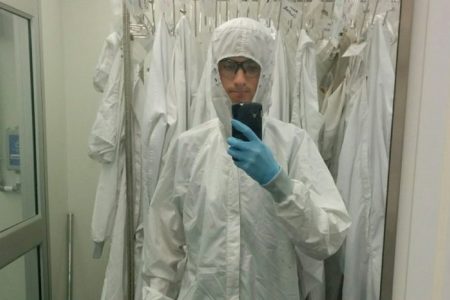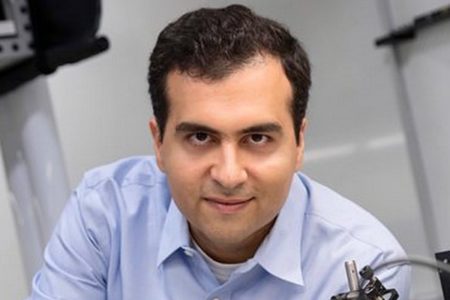 Scientific experts from NASA’s Jet Propulsion Laboratory (JPL) and Caltech in Pasadena, and from the European Space Agency (ESA), will discuss how Europeans and Americans have been collaborating in the search for habitable worlds out in space, during a virtual event called “Exploration of Jupiter’s Moons,” on Wednesday, April 6, starting at 10 a.m.
Scientific experts from NASA’s Jet Propulsion Laboratory (JPL) and Caltech in Pasadena, and from the European Space Agency (ESA), will discuss how Europeans and Americans have been collaborating in the search for habitable worlds out in space, during a virtual event called “Exploration of Jupiter’s Moons,” on Wednesday, April 6, starting at 10 a.m.
Hosted at the Alliance Francaise de Pasadena, the event is part of the Café des Sciences series organized by the Office for Science and Technology of the Embassy of France in the U.S., and the French consulate in Los Angeles.
The discussion will primarily be a preview of two science missions: NASA’s Flagship-class Europa Clipper mission which will launch in 2024, and the ESA’s JUICE (Jupiter Icy Moons Explorer) Large-class mission, which will launch earlier, in 2023.
These robotic space science missions are expected to arrive in the Jupiter system in 2030 and 2031. JUICE will orbit Jupiter, flying by Europa, Ganymede, and Callisto, before orbiting Ganymede, its primary target. Europa Clipper will orbit Jupiter, flying by Europa more than 40 times to collect global scale observations.
The JUICE and Europa Clipper spacecraft will each carry a payload of about 10 highly capable instruments, which will gather new science data on the Jovian moons.
Europa, Ganymede, and Callisto are three natural satellites of Jupiter. Each of these moons is covered by an ice layer, thought to range in thickness from five miles to more than 50 miles. These moons are mostly devoid of atmosphere, and their average surface temperatures drop lower than minus 270 °F.
Beneath their hostile surfaces, these moons are believed to be hiding global liquid saltwater oceans maintained by internal heating. On Europa, the ocean is believed to be deeper than 50 miles, or 25 times the average depth of Earth’s oceans. In the search for life in outer space, scientists have been interested in these oceans since the first extraterrestrial ocean was discovered on Europa more than 20 years ago.
Do these oceans harbor environments and conditions suitable for life? What can explain the great diversity of geological features observed on the surfaces of these moons? Could these features indicate liquid water circulating through the ice shells, potentially erupting from the surface, as suspected in the case of Europa? Does Callisto host an ocean too?
These are the questions that JUICE and the Europa Clipper mission are expected to answer.
Speakers at the virtual event on Wednesday include Dr. Julie Castillo, Senior Research Scientist at JPL and Deputy Chief Scientist for JPL’s Planetary Science Directorate; Dr. Mathieu Choukroun, a planetary scientist whose primary research focuses on exchange processes that take place between the interior and the surface of icy worlds and comets; Dr. Olivier Witasse, a staff member at the ESA since 2003 and Project Scientist of the JUICE mission; and Dr. Elodie Lesage, a postdoctoral researcher at JPL who’s mostly interested in the ocean worlds of the solar system and beyond.
Attendance at the virtual event is free, but registration is advised.
To sign up, visit www.afdepasadena.org/event-
For more information, call (833) 386-3911.






